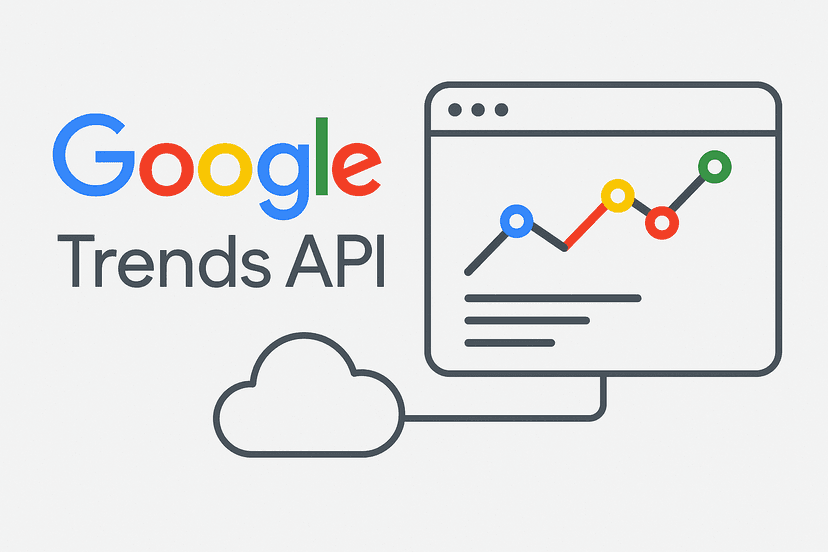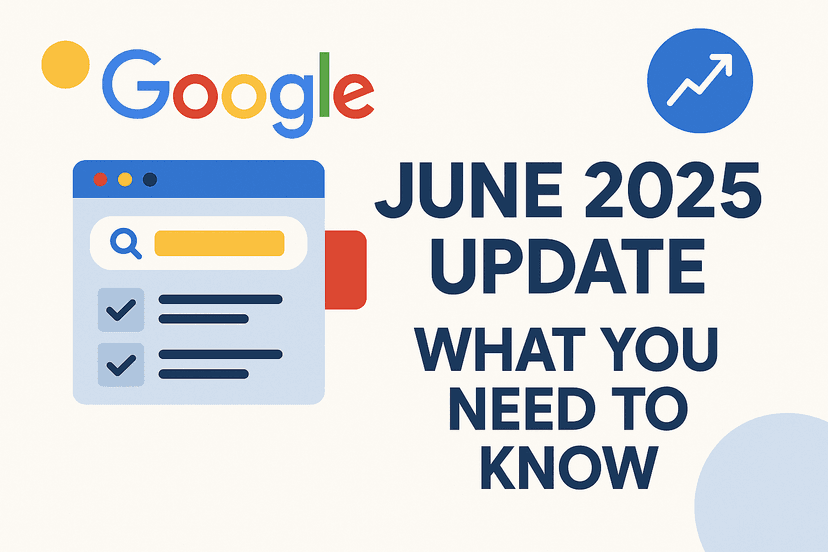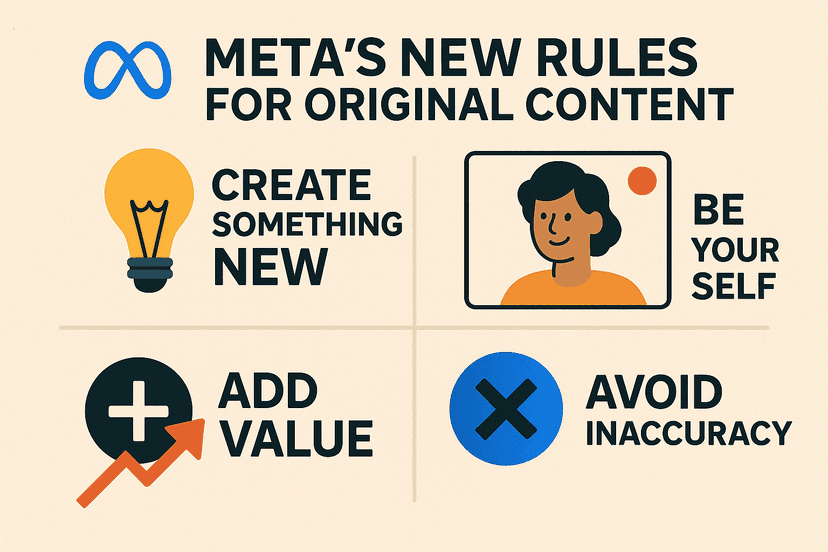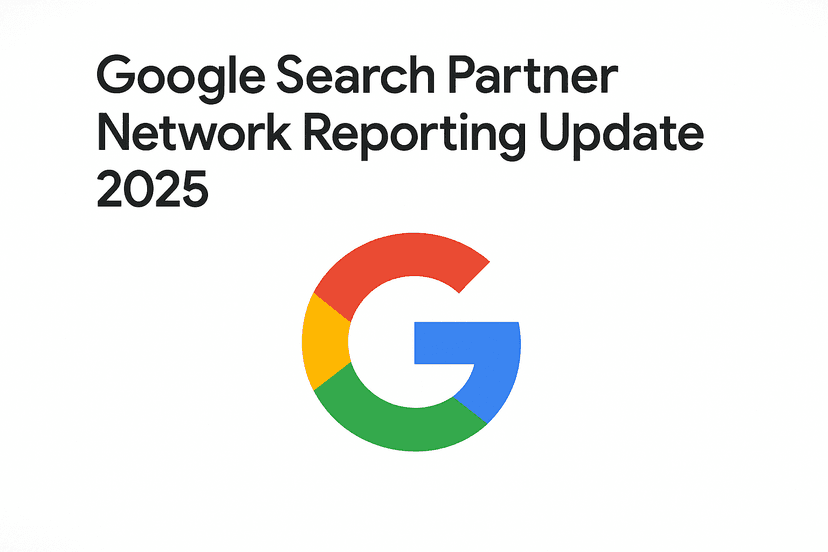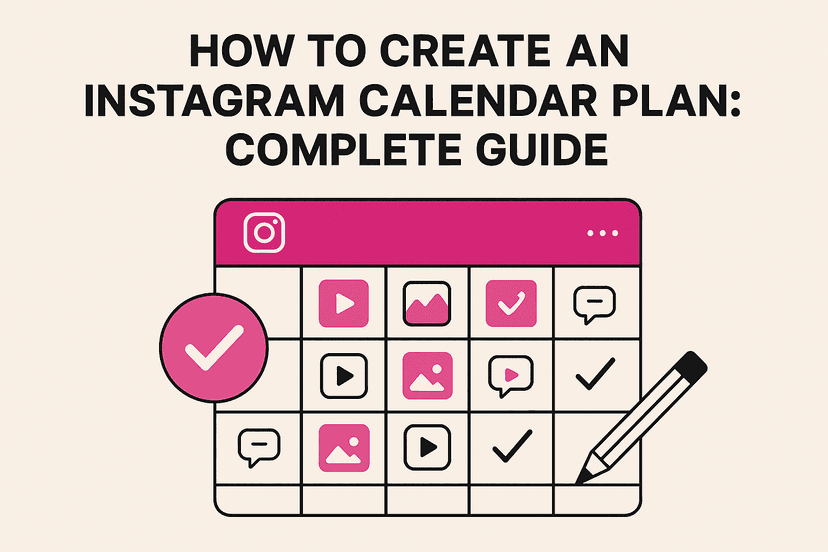This is some basic, sample markdown.
Introduction
Instagram is making a major shift in how its content interacts with the broader web. Starting July 10, 2025, all public content from professional accounts (business and creator profiles) will become discoverable via search engines like Google. This includes photos, videos, Reels, and carousels. For marketers, influencers, and brands, this change opens up new avenues for visibility—but also brings new responsibilities in terms of SEO and content strategy.
What’s Changing on July 10, 2025
Instagram’s new policy will allow content from professional accounts to be indexed by search engines automatically. The feature is enabled by default, but users can manually switch it off in their privacy settings. Only public profiles of users over 18 years old are affected. Private and personal accounts remain untouched by this change.
This development marks a shift in Instagram’s identity—from a semi-closed platform to a discoverable ecosystem that interacts directly with web search. It transforms Instagram into more than a visual social network; it becomes a content repository accessible through Google and other search engines.
Why This Matters for SEO
The inclusion of Instagram content in search results changes the game for digital marketers and SEO specialists. Traditionally, Instagram has operated somewhat outside the realm of SEO, with most optimization efforts focused within the app itself—hashtags, engagement timing, and algorithmic trends.
Now, Instagram content becomes a player in broader organic search visibility. Businesses and creators can potentially reach new audiences who are searching on Google, not just scrolling through Instagram. This makes SEO principles—like keyword usage, metadata optimization, and user intent—relevant on Instagram in ways they weren’t before. Understanding these principles can be enhanced through resources like Content Marketing.
How Instagram Content Will Be Indexed
Instagram’s integration with search engines won’t rely on technical changes to search engine crawlers. Instead, the platform will provide visibility through a new setting in the privacy menu: “Allow public photos and videos to appear in search engine results.” For eligible accounts, this is enabled by default.
Search engines will access and index Instagram content based on its public status. This means that if your professional account is public and the setting is enabled, your posts can appear in search results. Types of content that can be indexed include:
- Single photos
- Video posts
- Carousels
- Reels
Captions, alt text, and possibly hashtags will be part of the searchable data, turning Instagram posts into micro web pages that can rank for relevant queries.
The Role of Instagram Captions and Alt Text
With Instagram content now eligible for indexing, captions and alt text take on new significance. Captions serve as the primary block of text that search engines will read and interpret. Just like a blog post or webpage, using relevant and natural keywords in your captions can help Google understand what your content is about.
The first line of your caption is especially important—it functions similarly to a webpage title in search results. This is where you should include your main keyword or topic, but in a way that still feels authentic and engaging to your Instagram audience.
Alt text, originally created to improve accessibility for users with visual impairments, also becomes valuable for SEO. Instagram allows users to manually enter alt text when posting an image. This alt text will now serve a dual purpose: enhancing accessibility and contributing to search engine understanding. For more insights on improving visibility, consider exploring Display Advertising.
Performance Tracking Across Platforms
As Instagram content enters the world of web search, marketers will need to monitor performance across both Instagram Insights and tools like Google Search Console. Instagram Insights will show traffic under "External sources," helping you understand how many users are discovering your content through search.
Meanwhile, Google Search Console will provide data on impressions, clicks, and rankings for Instagram URLs. Understanding how your Instagram posts are performing in Google searches can help refine your content strategy, allowing you to focus on posts that drive the most search traffic.
This dual-tracking approach may require new workflows or tools that integrate social and search data into a single dashboard. The complexity increases, but so does the opportunity for growth. To streamline these processes, businesses might leverage services such as Remarketing.
Strategic Content Planning for Search and Social
Instagram content now has to serve two masters: the casual scroller and the intent-driven searcher. These audiences have different goals. Someone on Instagram might be looking for inspiration or entertainment. Someone on Google is likely looking for answers, products, or services.
To meet both needs, content must be crafted with a hybrid approach. Here are a few strategies to consider:
- Use keyword-rich but natural captions: Avoid keyword stuffing. Focus on writing captions that are engaging but still include terms people might search for.
- Optimize your bio: Your Instagram bio now acts like a mini homepage. Use clear, concise language with keywords related to your business, niche, or location.
- Leverage pinned posts and highlights: These now act as entry points for search traffic. Make sure they represent your brand effectively.
- Create evergreen content: Since search visibility can last much longer than social engagement, focus more on content with long-term relevance.
For those seeking to enhance their overall marketing strategies, Influencer Marketing offers additional opportunities to amplify reach and engagement.
Privacy and Professional Considerations
While increased visibility is great for growth, it also raises questions about digital footprint management. Content intended for a specific Instagram audience may now appear in unrelated Google searches. This phenomenon—known as context collapse—can affect how your content is perceived by different groups.
Professional accounts must now think more carefully about the long-term implications of their posts. What seems fun or trendy today may become an unintended search result tomorrow. This means that content planning should involve not just marketing considerations, but also reputational ones.
If you’re not comfortable with this level of exposure, Instagram gives you the option to turn off indexing. However, by doing so, you may limit your content’s potential reach. For tailored advice, professionals can explore options through Digital Marketing For Startups.
Industry Context and Future Outlook
Instagram’s move reflects a broader trend: the blending of social media and search. Platforms like TikTok and YouTube already appear prominently in search results. Instagram joining this space marks a significant milestone in content discoverability.
Search engines are becoming more visual, and social platforms are becoming more searchable. This convergence means that the lines between SEO and social media marketing are fading. Forward-thinking marketers will need to adapt by developing unified strategies that work across both domains.
As search engines continue expanding what types of content they index—EPUB files, podcasts, videos, and now social posts—expect more changes in how content is discovered and ranked. Staying ahead requires leveraging insights from fields such as Programmatic advertising.
Conclusion
Instagram’s decision to allow professional content to be indexed by search engines marks a turning point in digital marketing. What was once a platform for visual engagement is now a significant player in the search ecosystem. For marketers, creators, and businesses, this means new opportunities for visibility—but also new challenges in content planning, SEO, and privacy management.
To stay ahead, professionals must begin treating Instagram content as part of their larger SEO strategy. From optimizing captions and alt text to monitoring cross-platform performance, the future of Instagram is search-driven. And with this shift, the importance of clear, authentic, and keyword-optimized content has never been greater. For further guidance, consider reaching out to experts at Contact Us.
Second Heading
- Unordered lists, and:
- One
- Two
- Three
- More
Blockquote
And bold, italics, and even italics and later bold. Even strikethrough. A link to somewhere.
And code highlighting:
var foo = 'bar';
function baz(s) {
return foo + ':' + s;
}
Or inline code like var foo = 'bar';.
Or an image of bears
The end …


